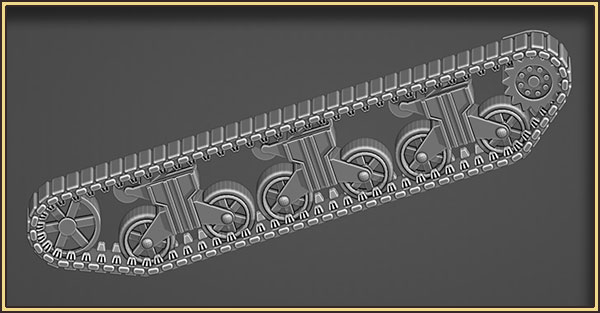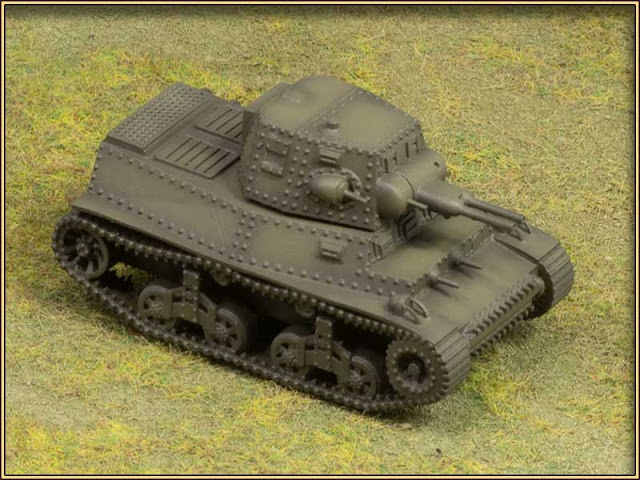I've spoken before about the two-edged sword that is a formalised skills system in any TTRPG.
The mere existence of a list of available skills tends to guide both players and game masters towards the attitude that if a character doesn't have a specific skill written down on their character sheet, then they just can't do that thing.
Also, a formalised skill resolution system has a tendency to replace imagination and roleplaying with a simple mechanical die roll — boring!
Nevertheless, people persist in desiring lists of skills, worked out in excruciating detail, for their characters to pick and choose from. I suppose it makes them feel safer or something.
AD&D (1e) has no formal skill lists or skill resolution system. The nearest it comes to it is the presence in the DMG, on page 12, is a list of "Non-Professional Skills", or Secondary skills.
They're not detailed in any way except for being named, and in theory at least, they're assigned randomly at character creation.
In terms of function, they're intended to act much more like the character backgrounds used in D&D (5e) than as a definitive list of skills, and when used that way, as a flavourful adjunct to the character rather than as a mechanically defining feature, they work well enough. The key is to use them properly.
Let's take, as an example, the entry for d% 55-57 — Teamster/freighter. Boo! Boring!
A character with this background would have a working knowledge of a wide range of skills. They would need to know how to manage and care for draught animals like oxen or horses for a start. They would need to know how to maintain and drive wagons and maybe barges. They'd have needed sufficient leather and wood working skills to keep their transportation working. They would need to know how to balance and secure their loads, so they'd be familiar with knots and nets and the like. They'd have had to move heavy objects about, so they may well be familiar with the construction and use of impromptu gantries, and they'd be aware of the benefits of pulley systems for mechanical advantage. They'd have to have been adept at judging the lie of the land ahead, to avoid (if possible) steep slopes or deep rivers or other obstacles, and if unavoidable, how to get their wagons over them. And once they'd got their load to its destination, they may well have needed a familiarity with licences, docking fees, bureaucracy and bribes to get it into a town or city to be offloaded.
I have undoubtedly missed or forgotten much that would be relevant, but you can easily see how this simple one-line entry can really flesh out the assumed knowledge of the character, knowledge that could be applied in all sorts of situations.
When it comes to applying this knowledge in the game, the onus is on both the GM and the player to bring it to the fore — the player will doubtless want to stretch definitions to breaking point when it comes to taking advantage of it, and the GM's job there is, for the most part, to say "Yes, okay" unless the justification is patently ridiculous, in which case a simple "What? Are you serious? Come on, get real and pull your head in" will suffice.
Most of the time, a die roll for success or failure will be unnecessary; the character is supposed to know this stuff. At most, you might want (for dramatic purposes) to determine how long something takes, or how well (or badly) it was done, and that sort of determination is easily made on the fly. A formal resolution system is almost never necessary.

If a die roll is deemed useful, I would suggest that 3d6 is the best option as it gives a decent bell curve with a minimum of fuss. If it's being used to determine the quality of a result, then a result of 9-12 would be dead average: the higher the number above that range, the better the employment of the character's knowledge and skill, and vice-versa for a result below 9. If it's used to determine time taken, then the GM must first imagine what would be a normal average time to do the task, and then use the position on the bell curve to determine whether the performance is faster or slower than usual, and by how much. I would read the result from left to right, with a 3 being grindingly slow and an 18 blisteringly fast, but that, as always, is really up to the individual GM.














